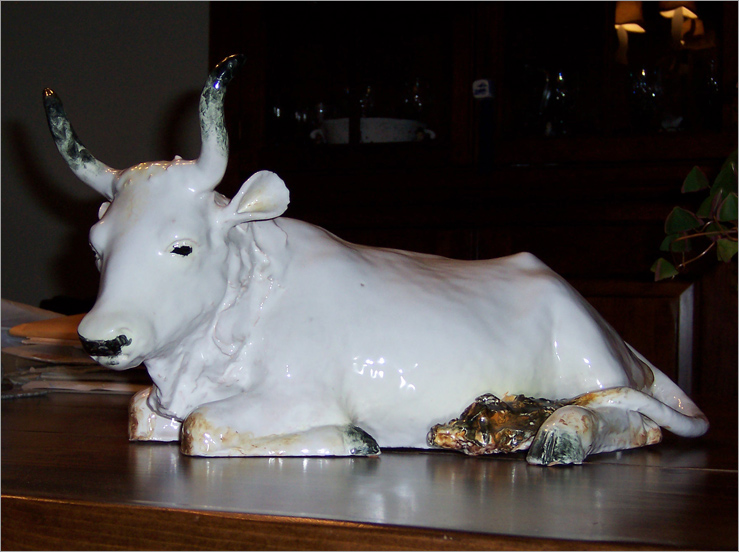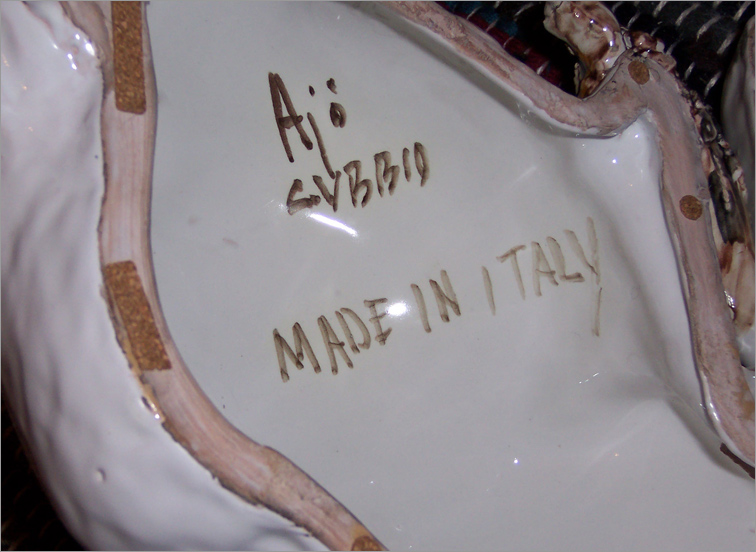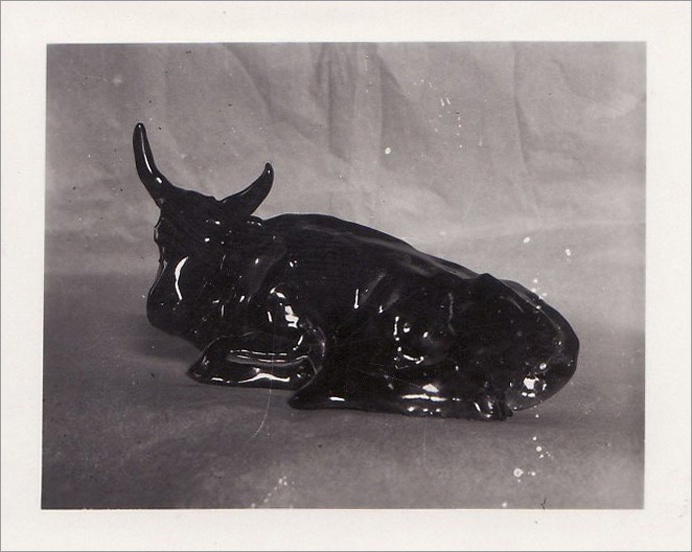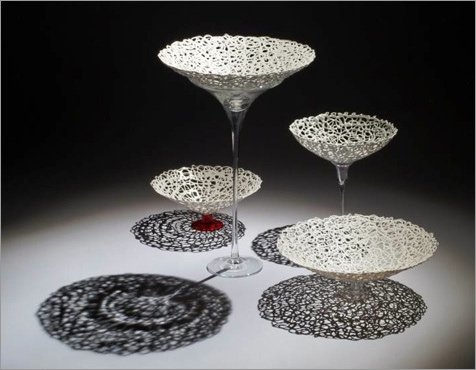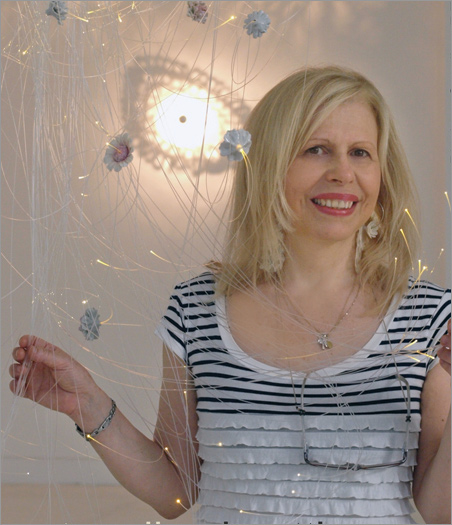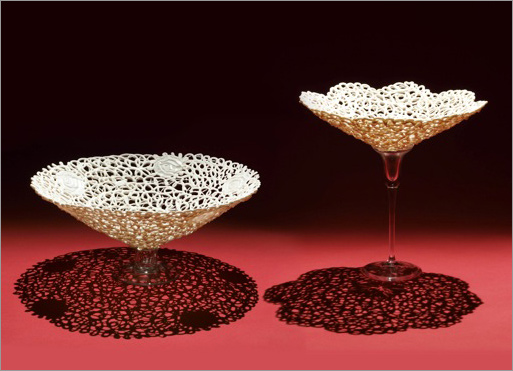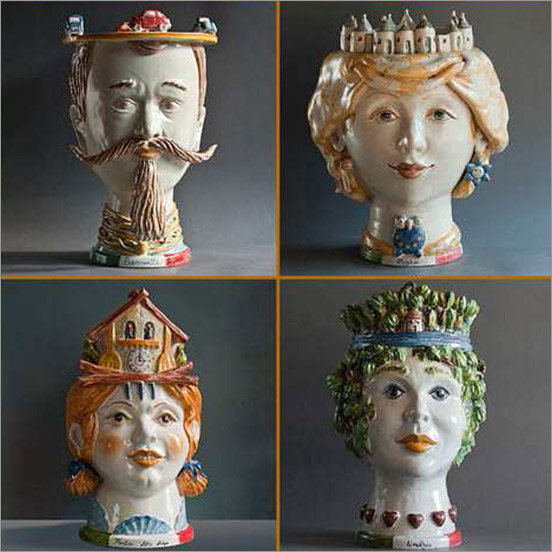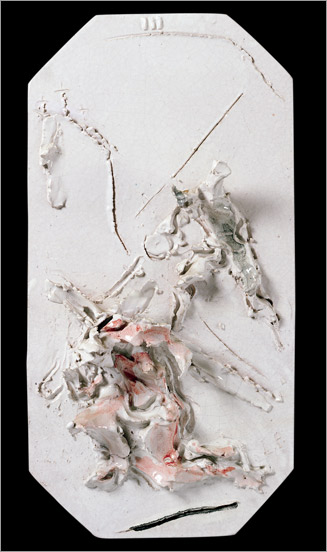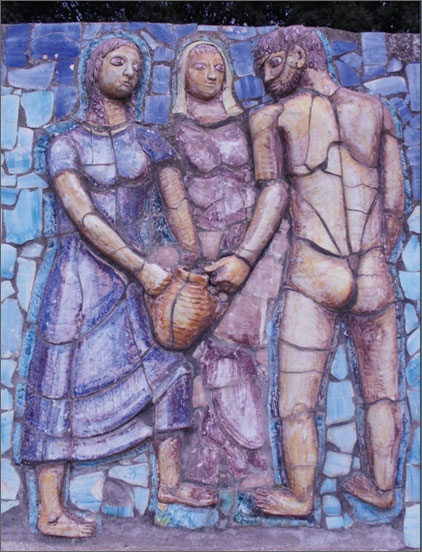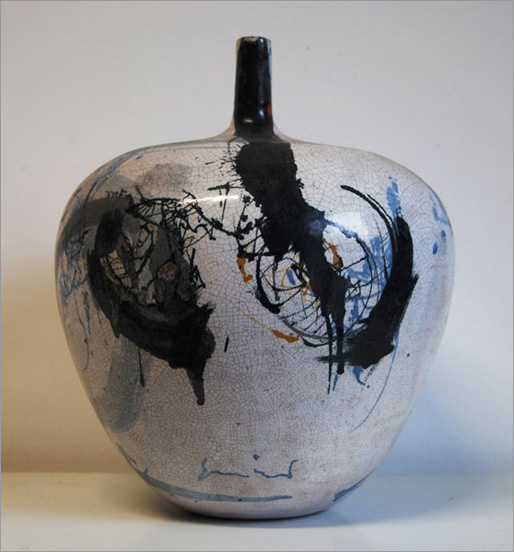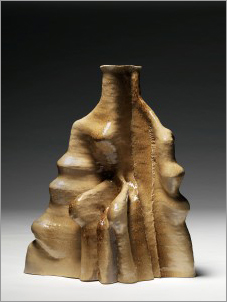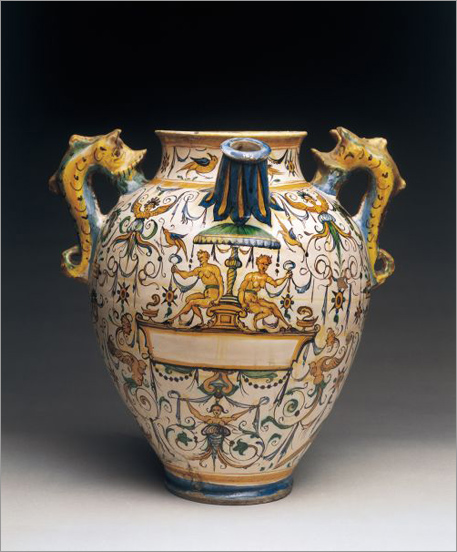 The Museum of Ceramics is offering Italian ceramics lovers the chance to learn more about Montelupo pottery through a number of guided visits.
The Museum of Ceramics is offering Italian ceramics lovers the chance to learn more about Montelupo pottery through a number of guided visits.
On April 10th, in the morning, an experienced guide will introduce visitors to the Museum’s collection of apothecary jars and other objects made for old pharmacies.
Montelupo apothecary pottery was an important element in the proliferation of pharmacies in the Grand Duchy of Tuscany during the Renaissance. Placed in the monasteries’ infirmaries at first, then popular as private businesses,  the pharmacies flourished also thanks to the availability of safe storage vessels for the herbs.
the pharmacies flourished also thanks to the availability of safe storage vessels for the herbs.
Ceramic was an excellent material because it can hold and preserve both liquids and dried herbs and it’s easy to clean. The apothecary jars and vases from Montelupo had an additional benefit: they impressed the customers with their beauty and perfectly fit the monumental style of the rooms that were open to the public.
Soon after the visit to the Musem, the visitors will go to Florence to visit one of the oldest pharmacies in the world: Farmacia di Santa Maria Novella. Established by the Dominican fathers shortly after 1221, the pharmacy was meant to prepare and store medications, balms and creams for the monastery’s little infirmary. In 1612 the Dominicans were granted permission to open their little store to the public. Visiting the Farmacia is per se a great opportunity. Even more so, if the focus is on its awesome collection of antique apothecary pottery.

